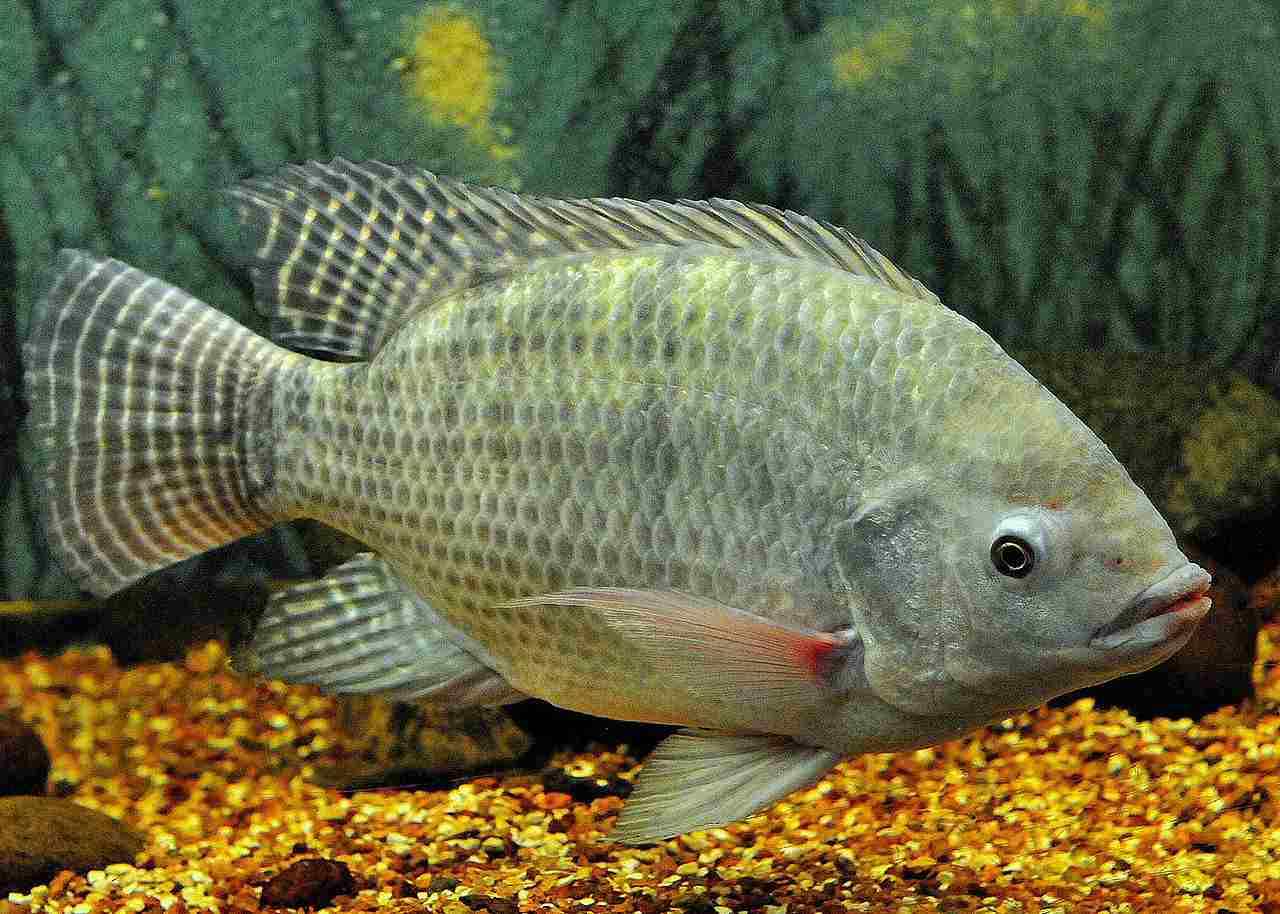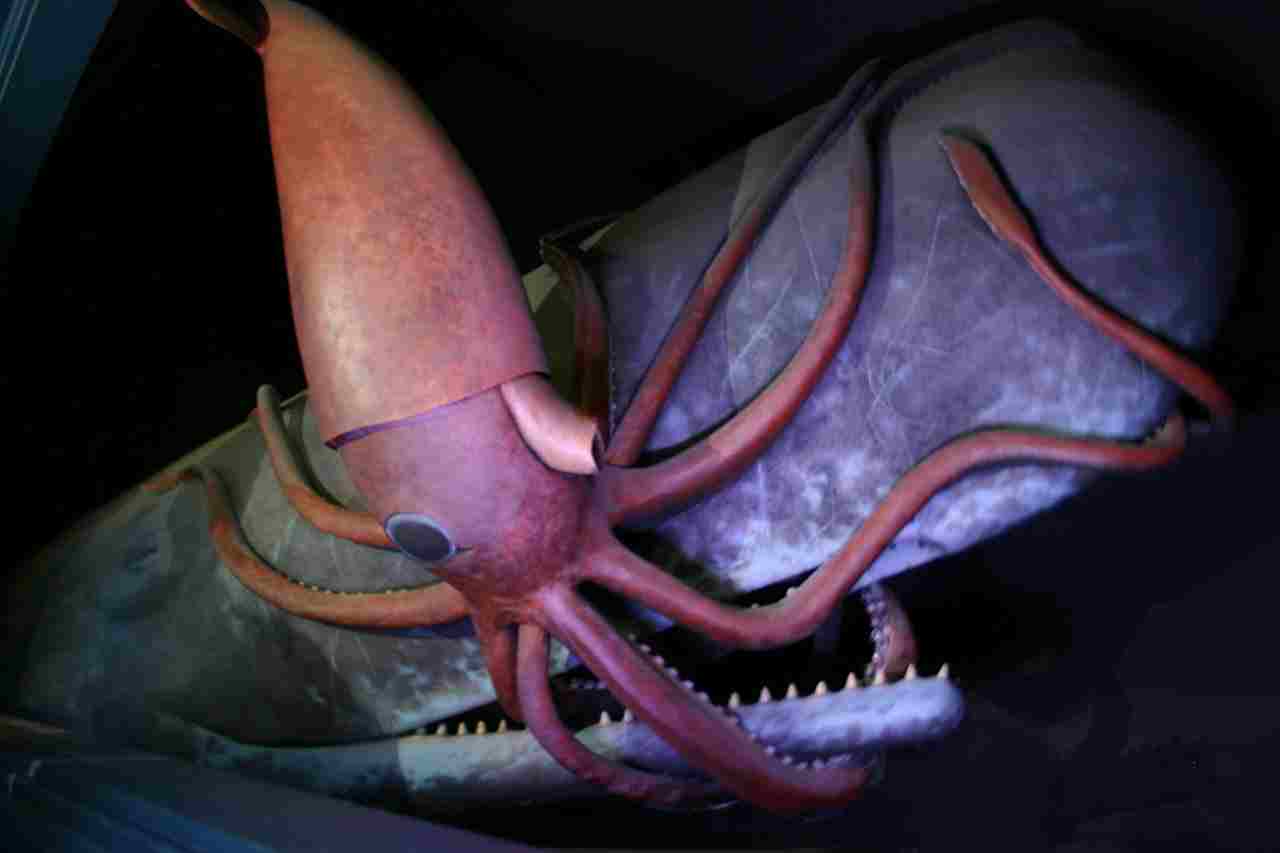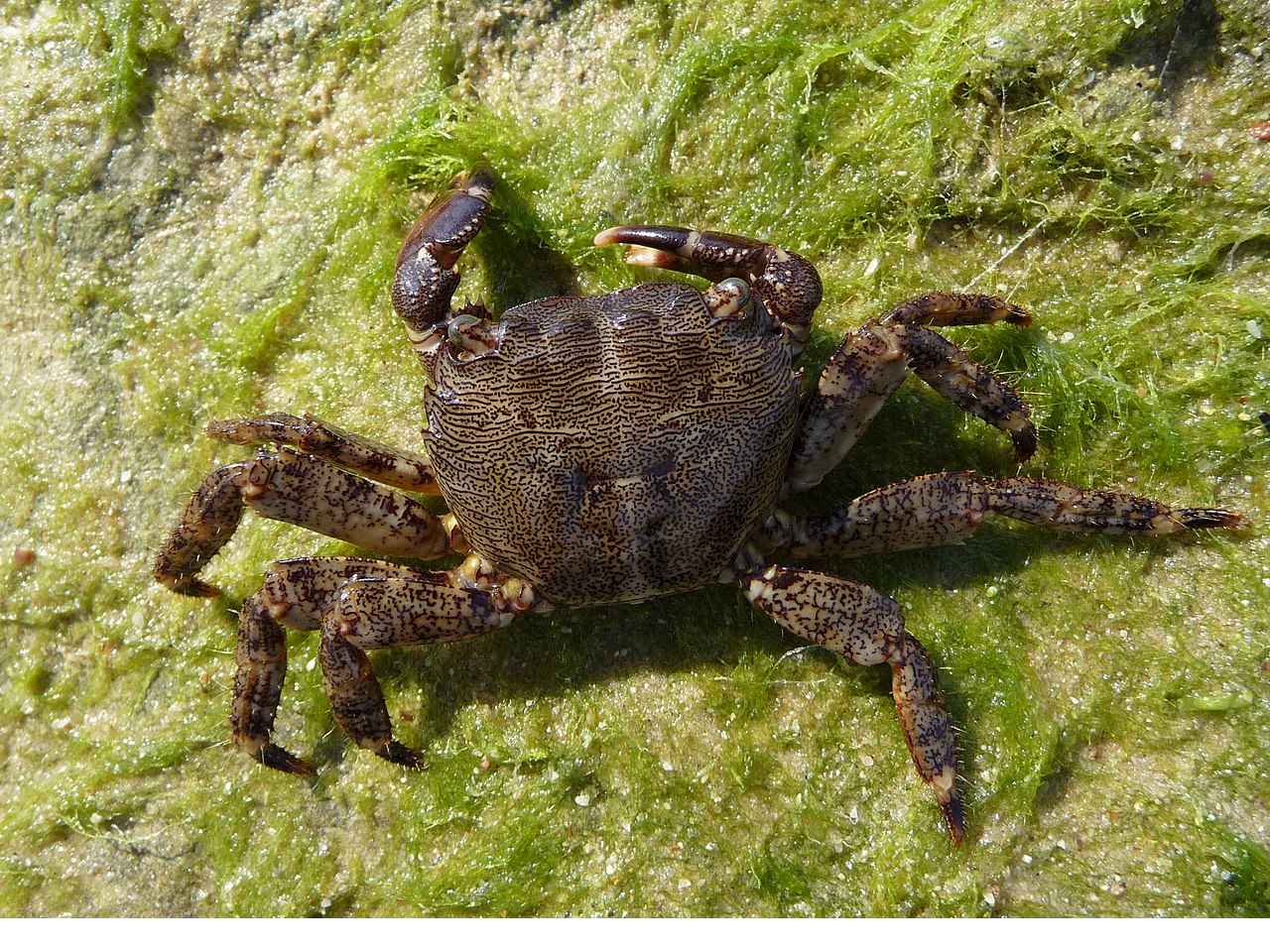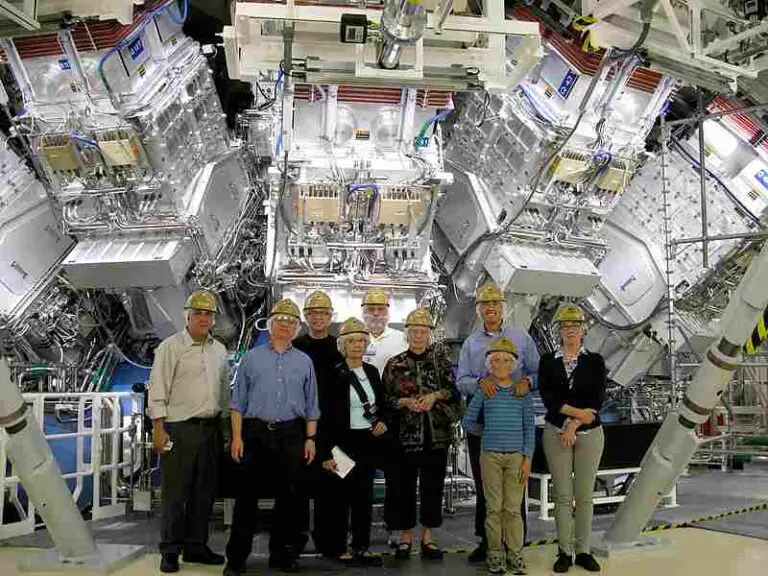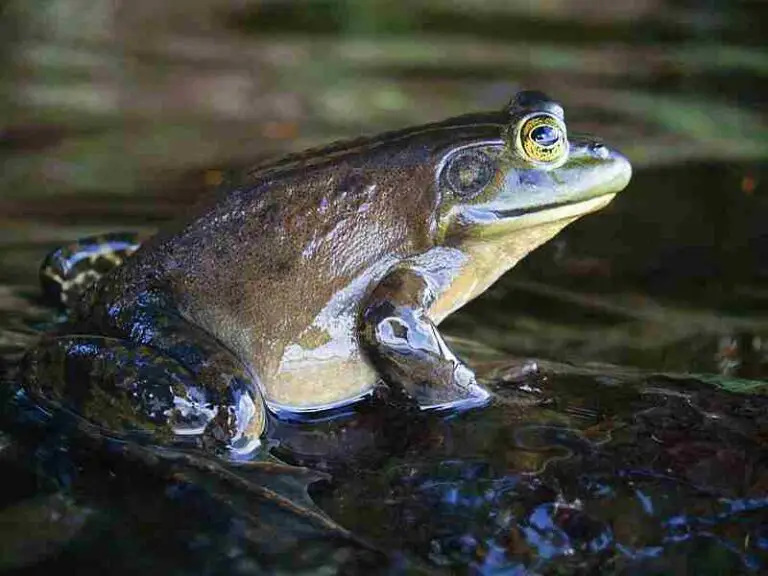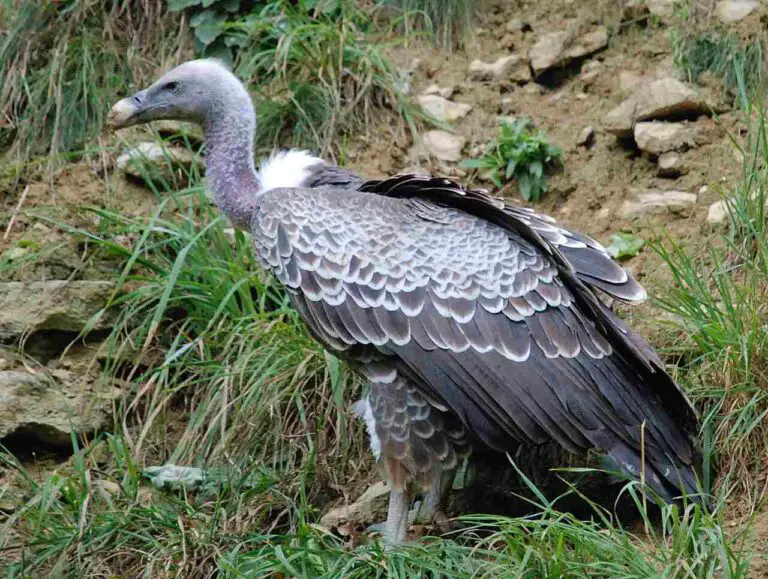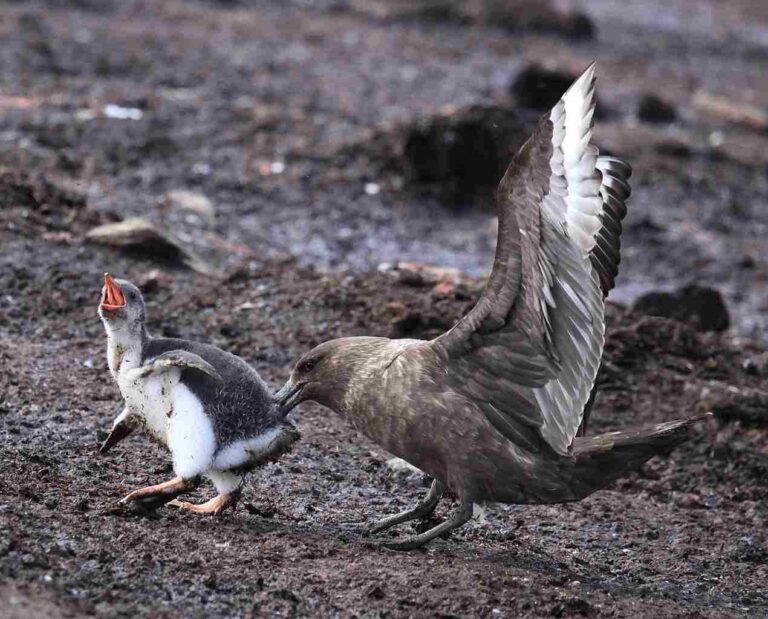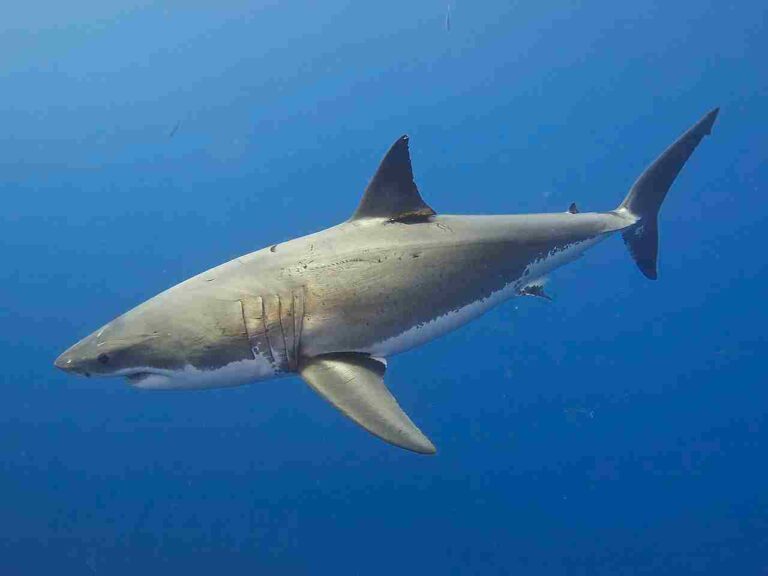Is a Duck a Consumer? Duck Food Chain Position and Role
Ducks are indeed consumers within ecosystems. As omnivores, they consume a wide variety of food, including plants, insects, small fish, and crustaceans. Their diet primarily consists of organic matter found in their habitat, such as aquatic vegetation and algae. Ducks play a crucial role in regulating populations of various organisms within their ecosystem through their consumption habits. Their status as consumers is evident in their role as part of the food chain, where they occupy a position as both prey and predator. In essence, ducks obtain energy and nutrients by consuming other organisms, making them quintessential consumers in their environment.
Reasons Why a Duck is a Consumer
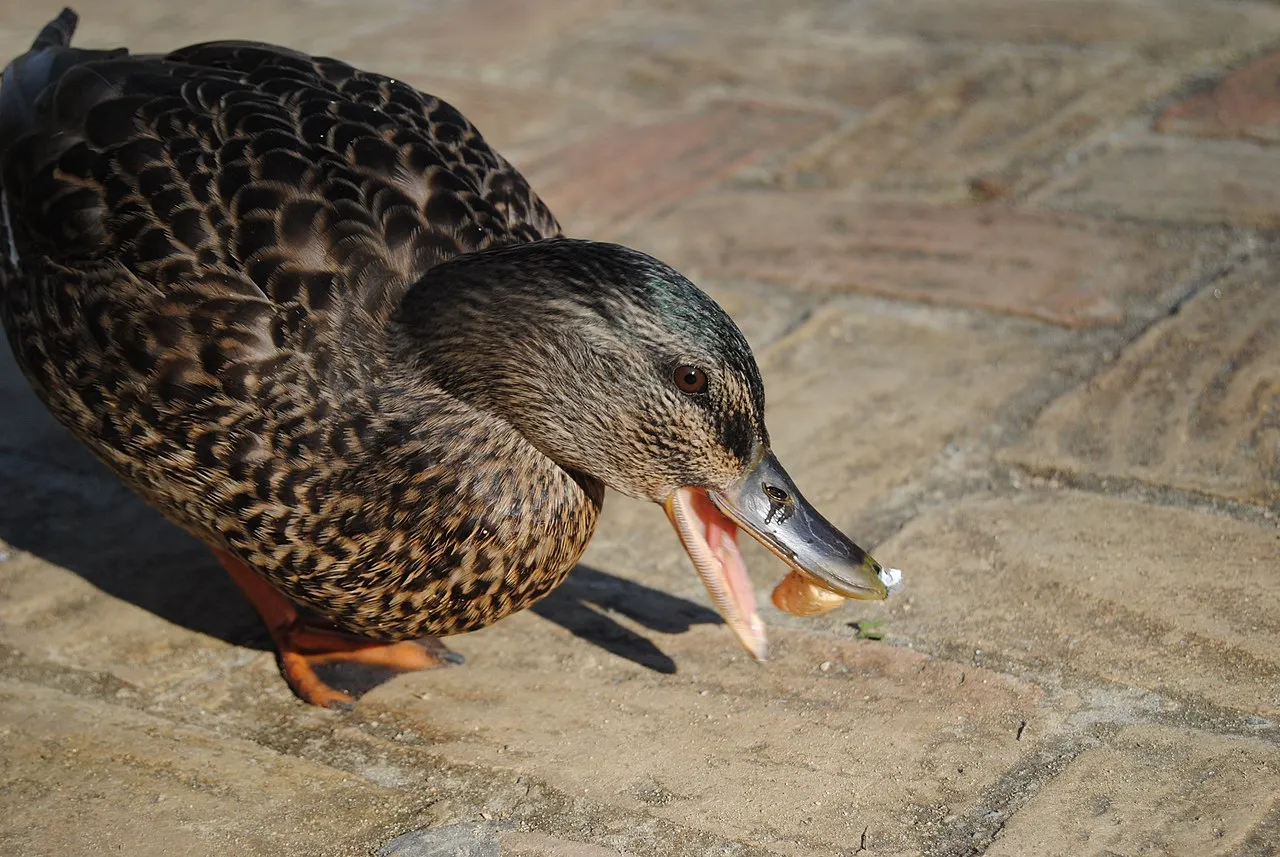
-
Dietary Habits: Ducks primarily feed on organic matter, including plants, insects, small fish, and crustaceans, establishing them as consumers within the ecosystem.
-
Energy and Nutrient Intake: By consuming other organisms, ducks obtain the energy and nutrients necessary for their survival and growth.
-
Role in the Food Chain: Ducks occupy a position in the food chain where they consume various organisms as part of their diet, thereby contributing to the transfer of energy and nutrients within the ecosystem.
-
Regulation of Population: Through their consumption habits, ducks help regulate populations of organisms within their habitat, influencing the balance of species and maintaining ecosystem stability.
Is A Duck A Producer?
Ducks are not considered producers in ecosystems. Unlike plants and certain bacteria, which are capable of synthesizing their own food through photosynthesis or chemosynthesis, ducks do not have the ability to produce their own organic matter from inorganic substances. Instead, they rely on consuming other organisms, such as plants, insects, and small fish, to obtain the energy and nutrients they need for survival. Ducks occupy a consumer role within the food chain, where they obtain energy by feeding on producers or other consumers. Therefore, while ducks play a vital role as consumers within ecosystems, they do not fulfill the criteria to be classified as producers.
Reasons Why a Duck is Not a Producer
-
Lack of Photosynthesis: Ducks do not possess chlorophyll or specialized structures required for photosynthesis, the process by which producers such as plants convert sunlight into energy to synthesize organic compounds. As a result, ducks cannot produce their own food from sunlight and inorganic substances.
-
Dependency on Consuming Other Organisms: Ducks rely on consuming organic matter from other organisms, such as plants, insects, and small fish, to obtain the energy and nutrients necessary for their survival. They do not have the ability to produce their own organic matter from inorganic sources, distinguishing them from producers.
-
Consumer Role in the Food Chain: Ducks occupy a consumer role within the food chain, where they obtain energy by feeding on producers (plants) or other consumers. Their primary mode of obtaining energy is through consumption rather than production, further emphasizing their classification as consumers rather than producers in ecosystems.
-
Ecosystem Function: While producers play a crucial role in producing organic matter and initiating the flow of energy within ecosystems, ducks contribute to energy transfer and nutrient cycling as consumers, rather than producers, within their respective habitats.
What Type Of Consumer Is A Sea Duck?
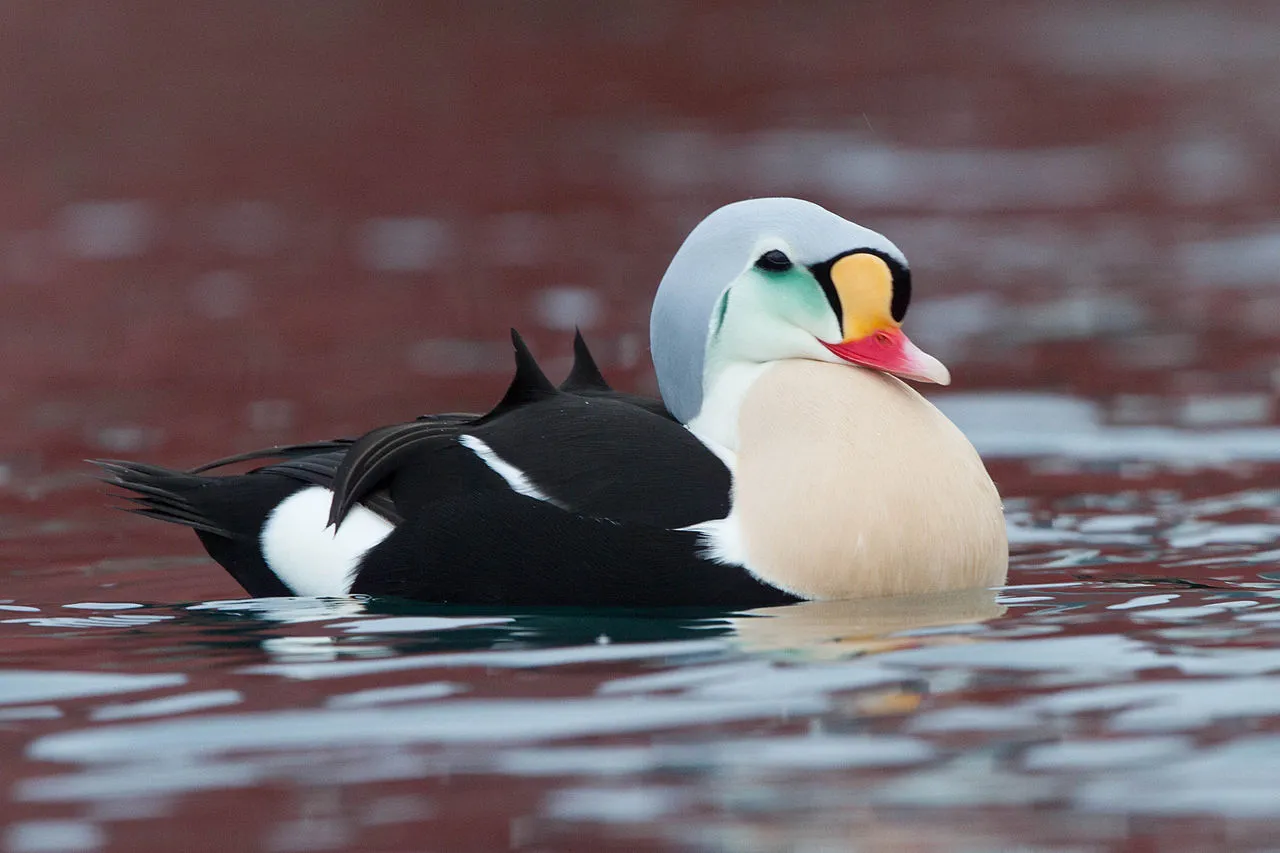
Sea ducks are classified as secondary consumers within the food chain. As predators that primarily feed on small fish, crustaceans, mollusks, and other marine organisms, sea ducks occupy a higher trophic level than primary consumers. They obtain energy and nutrients by consuming other animals rather than directly feeding on plants or algae. By preying on various marine species, sea ducks play a significant role in regulating populations within marine ecosystems and contribute to the flow of energy and nutrients through the food web. Their position as secondary consumers highlights their importance in the ecological balance of coastal and marine environments.
Is Duck A Producer, Consumer, Or Decomposer?
Ducks are primarily consumers within ecosystems. They obtain energy and nutrients by consuming organic matter from other organisms, such as plants, insects, and small fish. Unlike producers, which synthesize their own food through processes like photosynthesis, and decomposers, which break down dead organic matter, ducks fulfill their dietary needs through consumption rather than production or decomposition. Therefore, ducks are classified as consumers in the food chain, playing a vital role in energy transfer and nutrient cycling within their respective habitats.
Is A Duck A Primary Consumer?
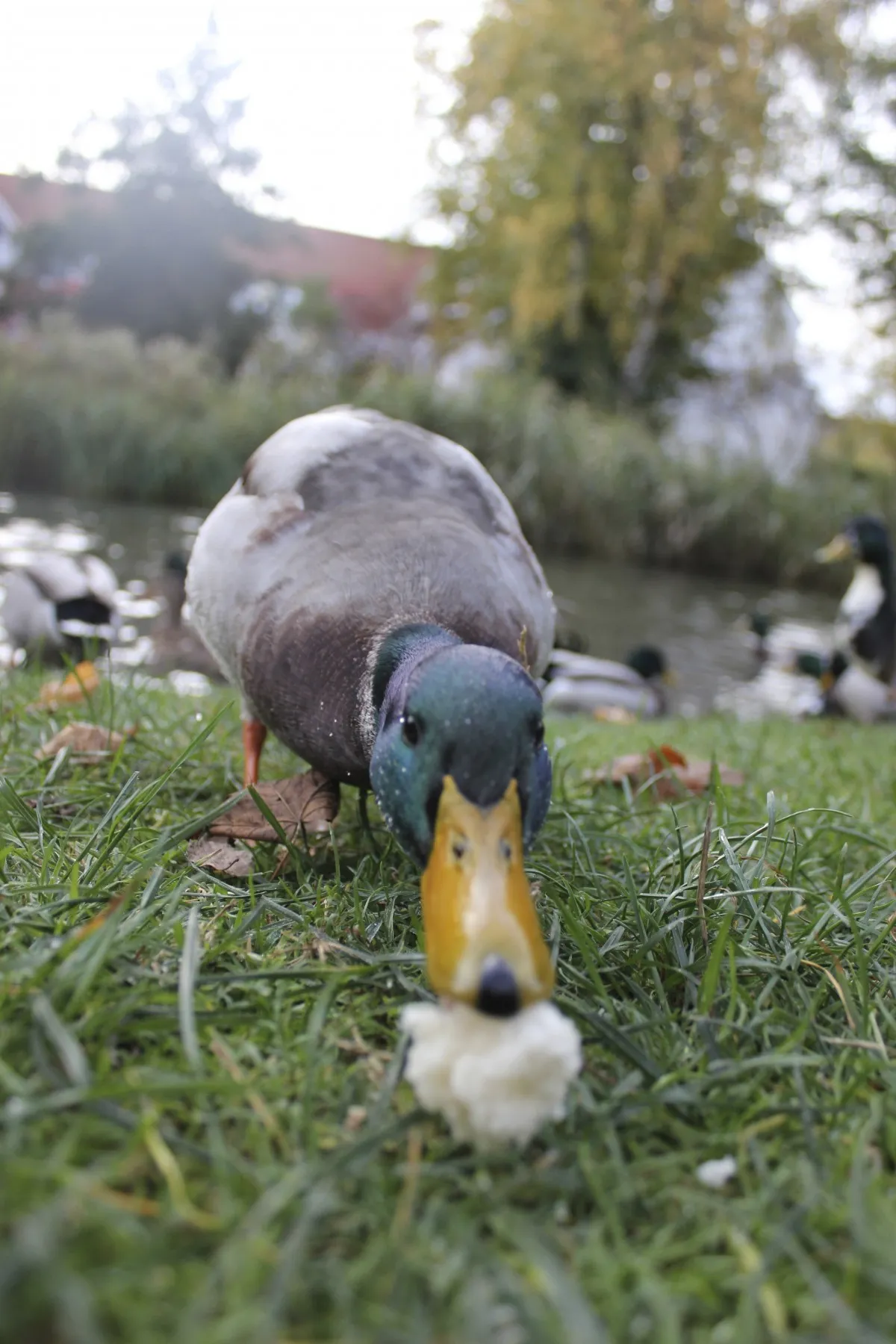
Ducks can be classified as primary consumers due to their feeding habits, which primarily involve consuming plants, insects, and other small organisms. However, it’s important to note that ducks differ from typical primary consumers, such as herbivores, in their feeding behavior. While herbivores primarily consume plant material as their main source of food, ducks have a broader diet that includes both plant matter and various other organisms. Additionally, ducks have a higher predatory capacity compared to many herbivores, as they also feed on insects, small fish, and crustaceans. Despite these differences, ducks still occupy a primary consumer role within the food chain due to their position as consumers of organic matter produced by plants and other primary producers.
Reasons Why a Duck is a Primary Consumer
-
Dietary Habits: Ducks primarily consume plant material, insects, and other small organisms, placing them in the category of primary consumers that feed on organic matter produced by primary producers.
-
Low Predatory Capacity: While ducks may consume a variety of organisms, their predatory capacity is relatively low compared to higher-level consumers. They predominantly rely on plant-based food sources, indicating their primary consumer status.
-
Feeding Scale: Ducks typically feed on a smaller scale compared to higher-level consumers, such as secondary or tertiary consumers. Their diet consists mainly of readily available resources within their habitat, emphasizing their role as primary consumers in the food chain.
-
Ecological Niche: Ducks occupy a niche within ecosystems where they primarily consume plant material and other organic matter, contributing to the flow of energy and nutrients from producers to higher trophic levels. This characteristic further supports their classification as primary consumers.
Is A Duck A Secondary Consumer?
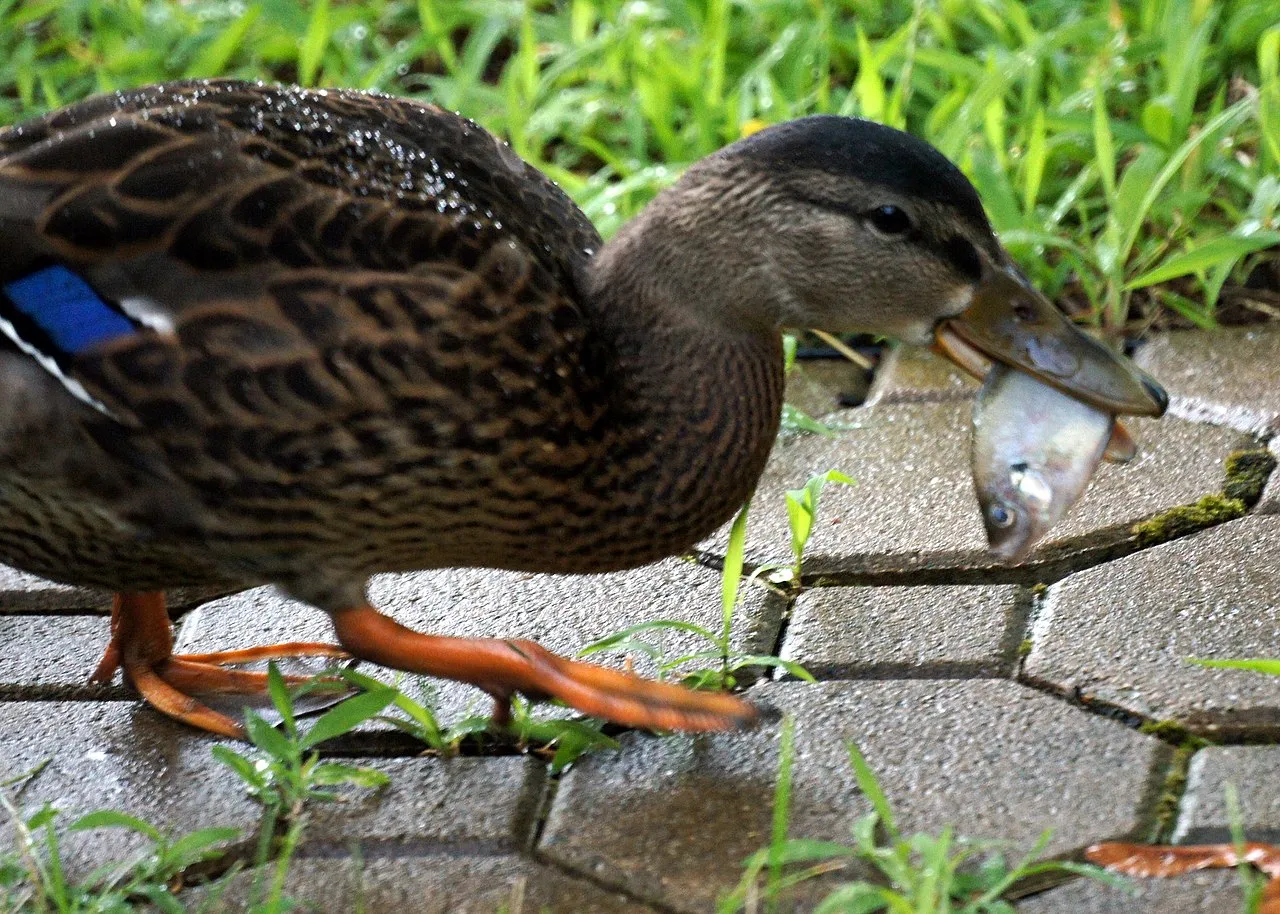
Ducks are not typically classified as secondary consumers within the food chain. While they do consume organisms at a higher trophic level than primary producers, such as insects, small fish, and crustaceans, ducks primarily occupy a primary consumer role. Secondary consumers typically prey on primary consumers, which in the case of ducks would be herbivorous animals or organisms that directly consume plant material. Therefore, due to their dietary habits and position in the food chain, ducks are more accurately categorized as primary consumers rather than secondary consumers.
Reasons Why a Duck is Not a Secondary Consumer
-
Dietary Preference: Ducks primarily consume a wide range of organisms, including plants, insects, and small fish. While they may occasionally consume organisms at a higher trophic level, such as small fish or crustaceans, their diet predominantly consists of primary consumers or plant material.
-
Predatory Behavior: Ducks exhibit limited predatory behavior compared to typical secondary consumers. While they may consume organisms higher in the food chain on occasion, their primary feeding behavior is focused on lower trophic levels, such as plants and small invertebrates.
-
Ecological Niche: Ducks occupy a niche within ecosystems where they primarily feed on vegetation and small organisms found in wetland habitats. Their feeding habits and ecological role align more closely with that of primary consumers rather than secondary consumers.
-
Energy Transfer: As primary consumers, ducks play a vital role in transferring energy from producers to higher trophic levels. While they contribute to the flow of energy within ecosystems, they do not exhibit the typical characteristics or feeding patterns associated with secondary consumers.
Why a Duck is Not a Decomposer
-
Feeding Behavior: Ducks primarily obtain their energy and nutrients by consuming organic matter from other organisms, such as plants, insects, and small fish. Unlike decomposers, which break down dead organic matter, ducks do not play a significant role in the decomposition process.
-
Biological Processes: Decomposers, such as fungi and bacteria, possess specialized enzymes that enable them to decompose complex organic compounds into simpler forms. Ducks lack these biological mechanisms for decomposing organic matter and instead rely on digestion for nutrient acquisition.
-
Ecological Role: Ducks contribute to nutrient cycling within ecosystems through their consumption habits as primary consumers. However, their role is distinct from that of decomposers, which play a crucial role in breaking down dead organic matter and recycling nutrients back into the environment.
-
Habitat and Behavior: Ducks are typically found in aquatic or wetland habitats where they forage for food. While they may indirectly contribute to decomposition by consuming and excreting organic matter, their role in nutrient recycling is secondary to that of decomposer organisms.
Duck Food Chain Position and Role
Ducks occupy a crucial position in the food chain as primary consumers within ecosystems. Their dietary habits, which include consuming plants, insects, and small organisms, contribute to the flow of energy and nutrients from producers to higher trophic levels. As primary consumers, ducks play a vital role in regulating populations of organisms within their habitat and in maintaining the ecological balance of wetland and aquatic ecosystems.
In the food chain, ducks serve as prey for various predators, such as larger birds of prey, mammals, and reptiles, highlighting their role as both consumers and contributors to the overall biodiversity of their ecosystems. Additionally, ducks are important indicators of ecosystem health, as changes in their population sizes or behaviors can reflect shifts in environmental conditions or habitat quality.
Overall, ducks play an integral part in the functioning of ecosystems, contributing to nutrient cycling, energy transfer, and the overall stability of wetland and aquatic habitats. Their position as primary consumers underscores their importance in maintaining the intricate balance of life within these ecosystems.
*Summary
| Aspect | Summary |
| Role in Food Chain |
Ducks are primary consumers, feeding on plants, insects, and small organisms.
|
| Population Regulation |
They help regulate populations within their habitat, contributing to ecosystem balance.
|
| Predation |
Ducks serve as prey for various predators, highlighting their role in biodiversity.
|
| Indicator of Ecosystem Health |
Changes in duck populations or behaviors reflect shifts in environmental conditions.
|
| Contribution to Ecosystem Stability |
Ducks play a crucial role in nutrient cycling, energy transfer, and overall ecosystem stability.
|



